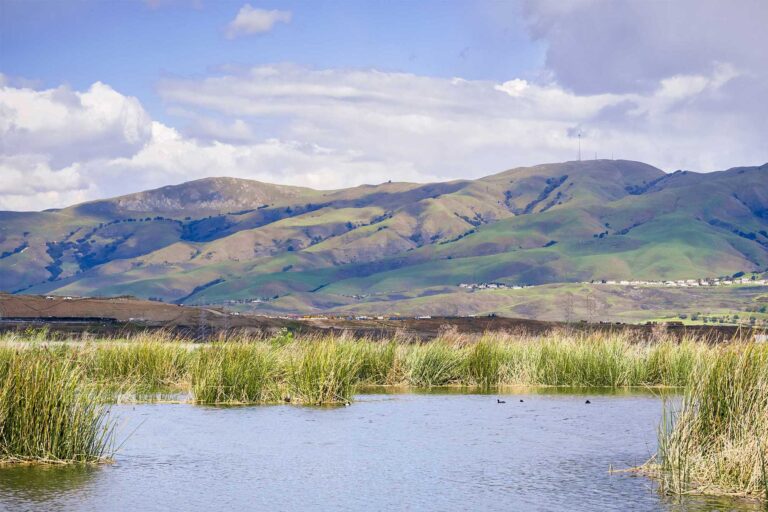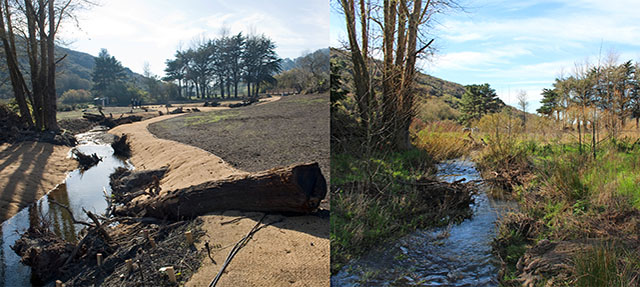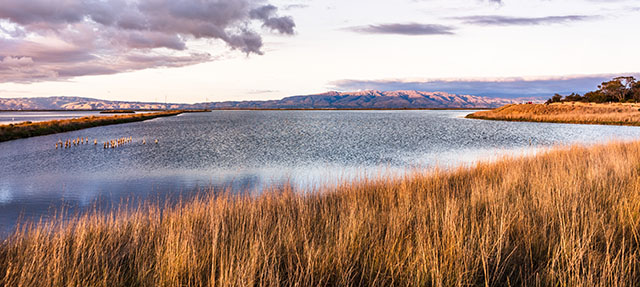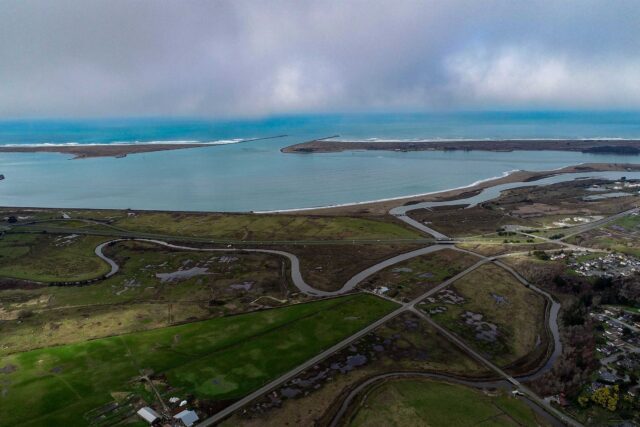This is part of a series on smarter environmental permitting.
California’s environmental permitting system was developed to prevent bad things from happening to the environment, but it often slows efforts to do good things, too. How can California improve regulatory processes to make them more efficient and effective? The PPIC Water Policy Center recently discussed these issues with a group of experts:
John Bourgeois, Valley Water (formerly with South Bay Salt Pond Restoration Project)
Heather Dyer, San Bernardino Valley Municipal Water District
Xavier Fernandez, San Francisco Bay Regional Water Quality Control Board
Julie Rentner, River Partners
Moderator: Letitia Grenier, PPIC CalTrout Ecosystem Fellow
Here are some highlights from the conversation.
LETITIA GRENIER: Permits intended to protect ecosystem health and endangered species can create challenges for water agencies. How do you get water users to buy into efforts to recover ecosystems and endangered species?
HEATHER DYER: Local water agencies on the Santa Ana River could no longer get permits for projects that might impact endangered fish species, because the populations were so imperiled and the habitat so degraded. These agencies decided they had to be part of the recovery of these species in order to move forward. We now have 11 agencies with 80 restoration projects working together across the watershed. You have to acknowledge everyone else’s mission and try to turn these into part of the overall solution, trading off resources so that all the partners get what they need. Once we had a shared mission, there was a fundamental shift in approach.
LG: What is the importance of science and data for complex restoration projects?
JOHN BOURGEOIS: The South Bay Salt Pond Project covers 15,000 acres in a very urbanized portion of San Francisco Bay. We decided early on to use transparent, science-based decision making and tracking as a way to build trust. We have a set of key scientific questions that change over time as we learn more about how to adaptively manage this landscape, particularly with sea level rise and climate change. This allowed us to balance the project’s tradeoffs. For example, the Alviso complex will probably be more sustainable for marsh wildlife, while the salt pond areas are better for supporting threatened snowy plovers. We bundle sets of projects into phases, and where there are impacts to a set of species in one area, we balance it with another project elsewhere—we don’t have to put every environmental goal into a single project.
XAVIER FERNANDEZ: Individual project monitoring gives you little usable information compared to a regional program with standardized, shared data. I’d like to see less money for project-specific monitoring and more for regional monitoring programs to get the most bang for the buck. We are starting to negotiate with other regulators to see if they can give up some project-specific monitoring and put those resources toward a regional monitoring program.
LG: Most individual projects are small compared to the scale at which ecosystems operate. How do you scale up restoration work?
HD: You have to look at the landscape scale to figure out how to maintain ecosystem function. Permitting project by project does not restore a watershed. A century of modification got us where we are now, but we have the ability to recover ecosystems—and water agencies have a responsibility to help recover our watersheds to a functional level. We have to start with the basic science: how much water does the river need to maintain function, and how much do the fish need? We have to diversify the habitat and create redundancy in the upper watershed, not just restore one piece. To ensure reliable water supply for the system long-term, we have a balancing act to figure out which of our 11 agencies has water available to support key ecosystem needs, and how can the other agencies make the water-sharing agencies whole? We use recycled water to support ecosystem functions in five streams, and two of our agencies have agreed to put a minimum flow in the river for ecosystem needs.
LG: A common complaint is that different agencies often have conflicting priorities, making it harder to get permits. How do we encourage agency alignment for permitting restoration projects?
JULIE RENTNER: River Partners has helped restore 16,000 acres in the Sacramento‒San Joaquin watershed below the terminal dams and learned many permitting lessons along the way. We have to find the right motivators to have everyone at the table saying “yeah, I want to do that!” It’s also pretty difficult to recover critters with a static plan. To get flexibility, you need trust among the partners. Working to achieve regulators’ goals is key too. Almost every regulatory agency has a conservation plan and funding programs for what they’d like to achieve in the landscape. If you know one of these overlaps with your project, you can have a conversation with the agencies about how your project can help them get to their goals. Advancing projects has been quickest for us when there’s trust, and overlapping motivation and authority from the different agencies.





